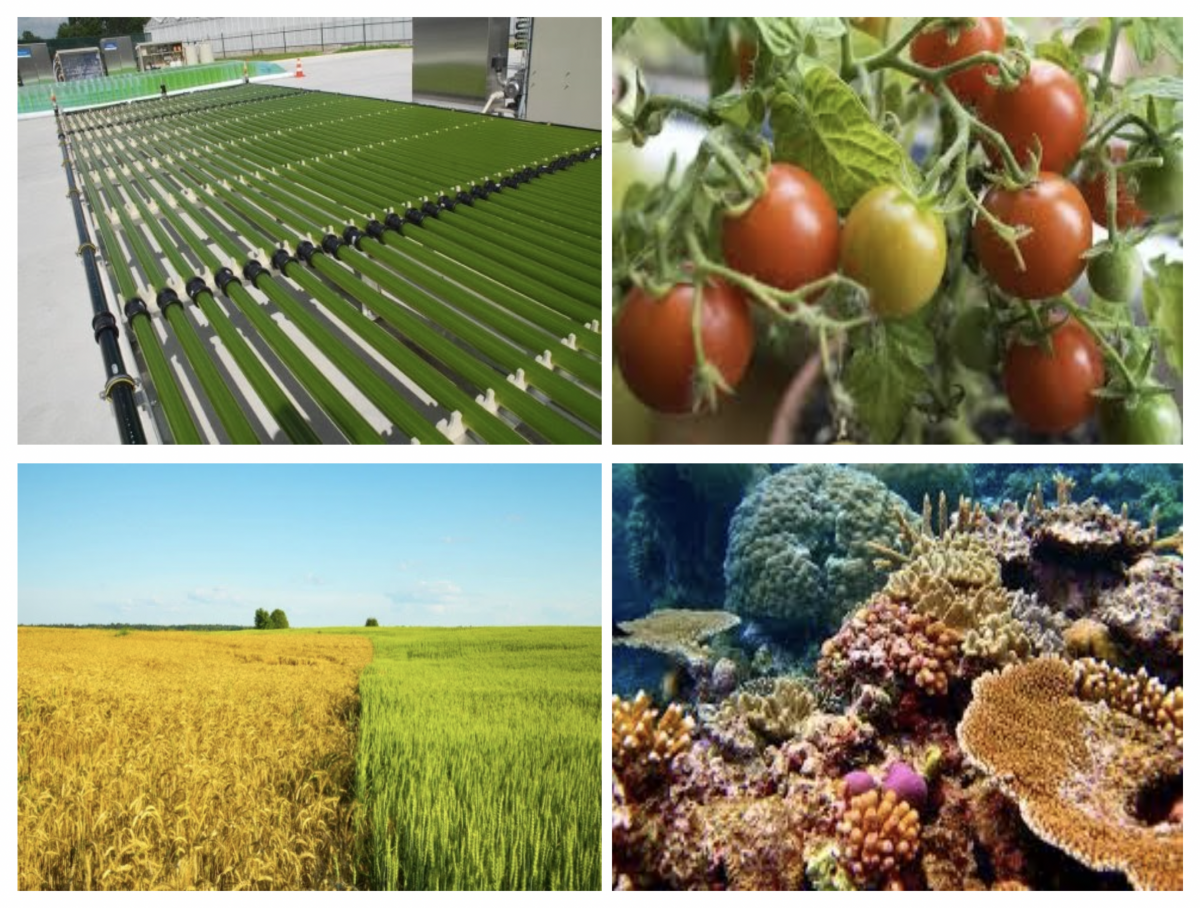How our technology works
The science behind ChloroSpec
In short: the ChloroSpec technology
Through the use of a novel combination of time-resolved and wavelength-resolved measurements, ChloroSpec is able to resolve and separate distinct photosynthesis components and processes, resolve different quenching mechanisms and characterize early reactions to a wide range of stress factors within a living photosynthetic organism.
This opens up new insights into plant behaviour and physiology, which can inform novel strategies in plant phenotyping and plant breeding. This new technology will also have widespread applications in precision agriculture as well as ecosystem monitoring.
An international patent application has been submitted and the technology is now patent pending.
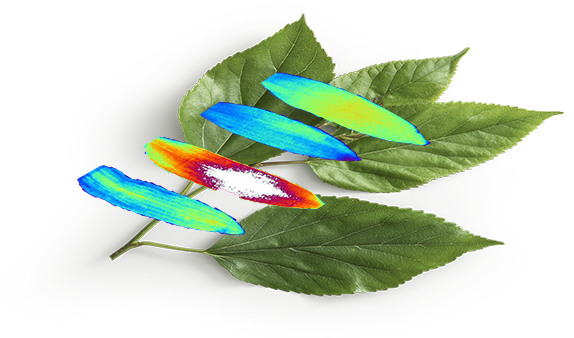
Chlorophyll fluorescence in a nutshell
In photosynthetic organisms light is absorbed by pigment-protein complexes, containing (among a few others) mostly chlorophyll as chromophores. After light absorption three things can principally happen: either the light energy is used for photosynthesis, converted into heat or emitted as fluorescence. Chlorophyll fluorescence thus contains information both on the direct photosynthesis events as well as on the dissipation events (heat conversion or quenching). The behaviour of both these types of events strongly depends on the physiological and environmental conditions and environment experienced by the photosynthetic organism. The great advantage of using chlorophyll fluorescence as an observation technique relies on the fact that it can be monitored actively in a fast and non-invasive manner; that is without doing any harm or damage to the organism.
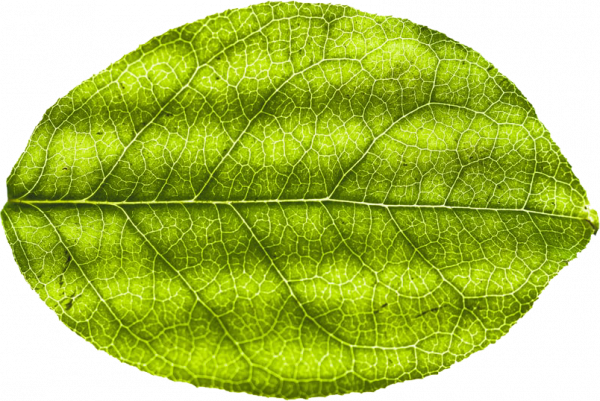
Wavelength and time-resolved monitoring
Chlorophyll fluorescence from photosynthetic organisms has both a spectral and a temporal dimension. In order to make full use of the information content of chlorophyll fluorescence from an organism it is crucial to monitor and resolve both of these dimensions. For the first time ChloroSpec is putting these capabilities in an optimal manner into a commercially available easy-to-use instrument.
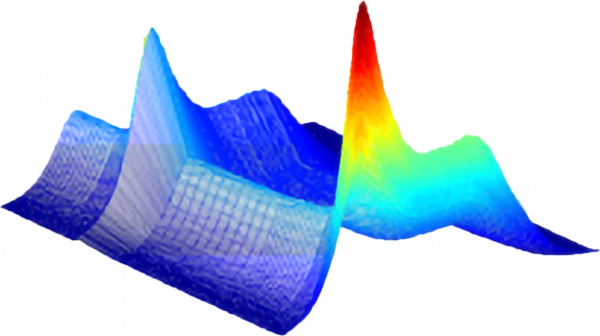
The great potential of resolving the wavelength dimension
The fundamental need for additionally resolving the spectral dimension in chlorophyll fluorescence measurements from photosynthetic tissue, intact leaves, plants, and photosynthetic microorganisms is exemplified by the graph on the right-hand side.
This graph shows a non-photochemical quenching (NPQ) experiment on an Arabidopsis leaf. An induction phase, followed by a dark relaxation phase, and another induction phase are shown. The signals are displayed for three selected emission wavelengths. Please note the fact that not only the NPQ parameter is strongly dependent on the wavelength (and this is not primarily explained by the overlap of photosystem II and photosystem I fluorescence). In addition the kinetics of induction and relaxation phases are also strongly wavelength-dependent.
In fact almost all traditionally measured chlorophyll fluorescence parameters are strongly wavelength-dependent. The graph provides just one example of this principle. Not resolving the wavelength dimension – as is the case in presently available instruments – means to lose an essential and crucial part of the information that is principally contained in the various chlorophyll fluorescence signals. ChloroSpec allows to analyze and exploit this information fully. Its novel ground-breaking features thus carry great potential for allowing a deeper understanding of the underlying processes and mechanisms.
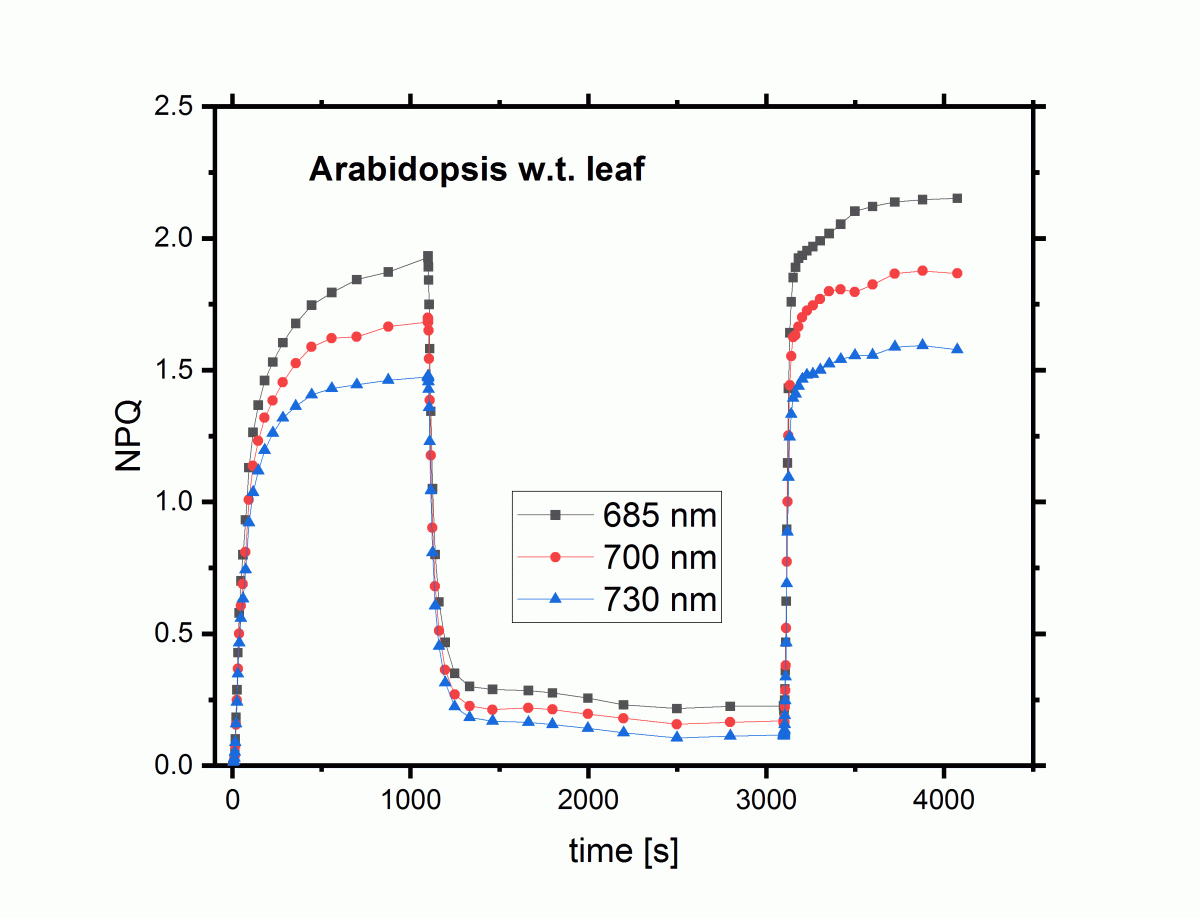
ChloroSpec L1 features
The first product series – ChloroSpec L1 – is primarily designed for use in research laboratories, focusing at photosynthesis, plant physiology and plant breeding research. The instrument is capable of fully wavelength and temporally resolved recording of a wide range of fluorescence signals, including steady state fluorescence, slow kinetics (NPQ), fast induction kinetics (OJIP) and derived quantities, rapid light curves, relaxation measurements etc.
Product features include a wide selection of excitation wavelengths with full computer control of excitation conditions, intensities and pulse lengths etc. Saturating single turnover pulses as well as multiple turnover pulses are available for closing reaction centers.
A special feature of the ChloroSpec instrument is the simultaneous measurements of chlorophyll fluorescence signals and signals from fluorescent biosensors. This is possible due to the spectrally resolved recording over the entire range of interest.
Flexible, easily exchangeable sample holders, optimized for measurements on detached as well as attached leaves, suspensions of microalgae and photosynthetic complexes and provisions for controlled gas atmosphere are provided.
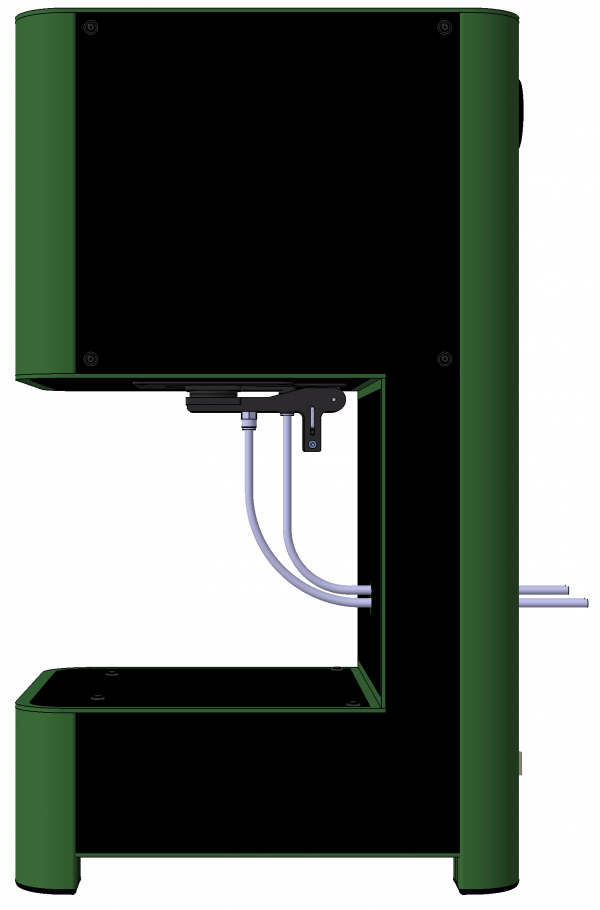
User segments
The first laboratory version (ChloroSpec L1) is primarily intended for photosynthesis and plant physiology research laboratories, agricultural research institutions, and laboratories and institutions engaged in applied plant research and breeding.
Plant researchers engaged in advanced applications of fluorescent biosensors will find this innovative instrument particularly useful since it allows for the simultaneous measurement of biosensor fluorescence as well as chlorophyll fluorescence due to its fully wavelength-resolved recording.
The upcoming field and greenhouse versions of the instrument will be particularly focused at users involved in advanced methods in plant growth, greenhouse monitoring, as well as precision agriculture and the like.
